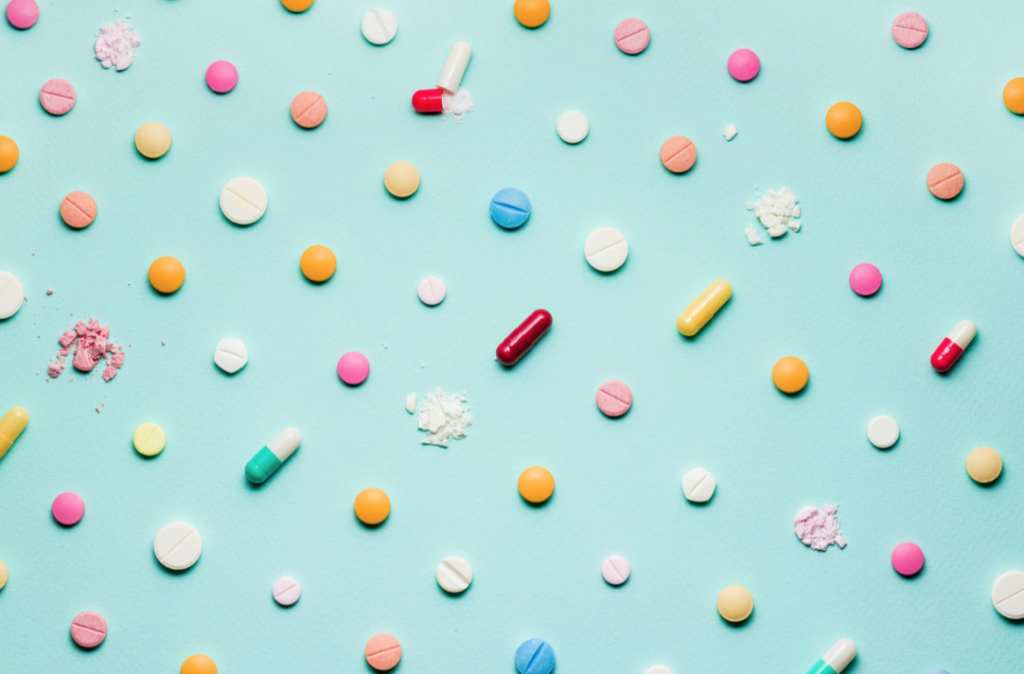Roy Fenoff and Jeremy Wilson, 2011
Described as the crime of the twenty-first century, counterfeit products threaten public health and safety, reduce jobs and tax bases, and inhibit corporate innovativeness and profitability. The production, distribution, and consumption of counterfeit pharmaceuticals represent a particularly dangerous public health risk; estimates of the numbers of counterfeit pharmaceuticals range from 10 to 15 percent of the world drug supply. Counterfeit drugs indirectly and directly adversely affect health. Indirectly, false drugs hasten the illness and death of consumers who do not receive the appropriate active agent or dosage to treat their conditions, and sub-potent pharmaceuticals that do not kill a disease-causing pathogen can eventually lead to the development of drugresistant strains, making even the authentic drugs useless. More directly, toxic ingredients in counterfeit pharmaceuticals can cause serious health problems.
This book chapter was published by Les Kennedy and Edmund McGarrell (Eds.), Crime and Terrorism Risk, New York: Routledge. Subscription or purchase may be required to read book.
2011 Copyright Michigan State University Board of Trustees.
To read the full article, click here.
